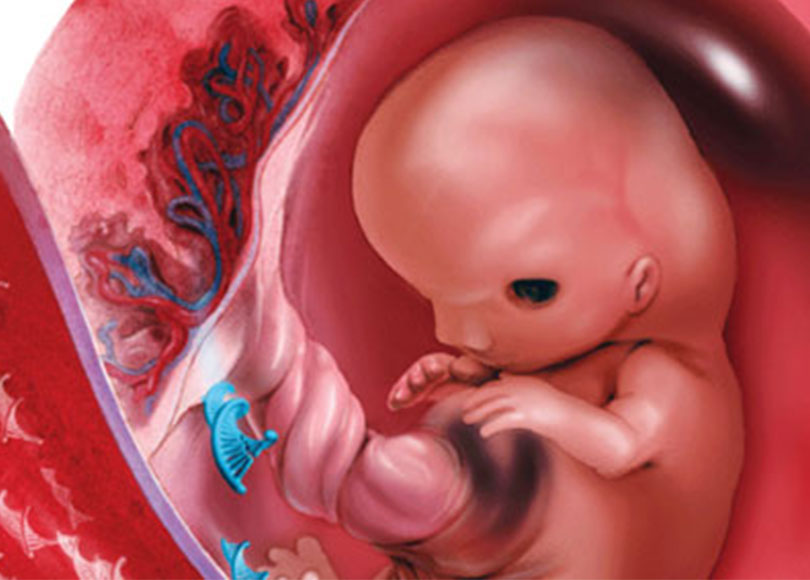First-trimester contingent screening for trisomies 21, 18 and 13 by fetal nuchal translucency and ductus venosus flow and maternal blood cell-free DNA testing

ABSTRACT
Objective To examine performance of screening for major trisomies by a policy of first-line assessment of risk according to maternal age, fetal nuchal translucency thickness (NT) and ductus venosus pulsatility index for veins (DV-PIV) followed by cell-free DNA (cfDNA) testing in pregnancies with an intermediate risk.
Methods
We estimated the distribution of risks based on maternal age, fetal NT and DV-PIV in a dataset of 86 917 unaffected and 491 trisomic pregnancies undergoing prospective screening for trisomies. Performance of screening for trisomies by cfDNA testing was derived from a meta-analysis of clinical validation studies. We estimated performance and cost of screening for trisomies using different combinations of ultrasound screening and cfDNA testing.
Results
Screening for trisomies 21, 18 and 13 according to a combination of maternal age, fetal NT and DV-PIV in all pregnancies, followed by invasive testing in the high-risk group (≥ 1:10) and cfDNA testing in the intermediate-risk group (1:11–1:3000) can potentially detect about 96%, 95%, and 91% of cases, respectively, with a false-positive rate (FPR) of 0.8%. On the assumption that the costs for ultrasound screening, cfDNA testing and invasive testing are €150, €500 and €1000, respectively, the overall cost of such a policy would be about €250 per patient. The alternative policy, of universal screening by cfDNA testing, can potentially detect about 99%, 97% and 92% of cases of trisomies 21, 18 and 13, but at an overall cost of more than €500 per patient.
Conclusion
Incorporation of cfDNA testing into a contingent policy of early screening for the major trisomies, based on the risk derived from first-line Correspondence to: Prof. K. O. Kagan, University of Tuebingen, Calwerstrasse 7, 72076 T ̈ubingen, Germany (e-mail: KOKagan@gmx.de)
Accepted: 8 October 2014
screening by a combination of maternal age, fetal NT and DV-PIV, can detect a high proportion of affected cases with a low FPR.






